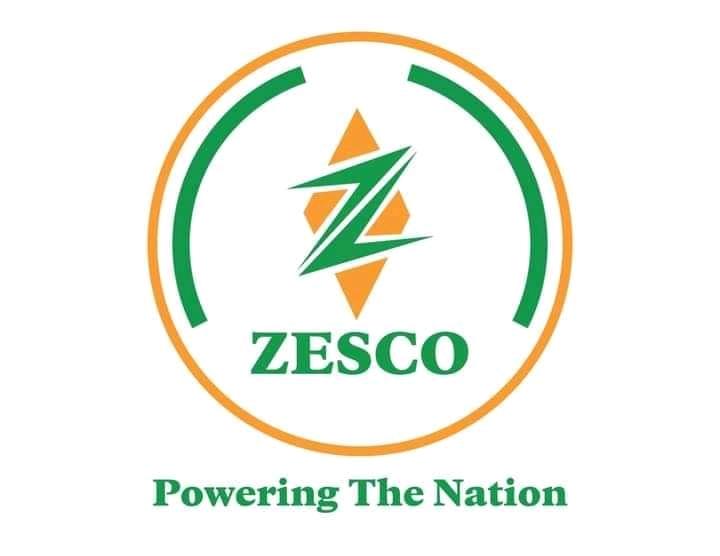
Africa-Press – Zambia. Let’s break down the implications of Open Access to Transmission policy decision for Zambia and ZESCO:
1. Separation of the system operator function from ZESCO:
– This means that the role of operating and managing the electricity transmission and distribution system will be separated from ZESCO, the national utility company.
– This separation will create an Independent System and Market Operator (ISMO) that will be responsible for the overall management and coordination of the electricity grid.
2. Open access to the transmission and distribution lines:
– This policy allows for third-party users (such as independent power producers and large consumers) to access the electricity transmission and distribution networks owned by ZESCO.
– It creates an “open access” market structure, where multiple electricity providers can compete to sell power to consumers, rather than ZESCO being the sole provider.
3. Benefits and implications:
– Promotes competition in the electricity market, which can lead to better quality services and lower prices for consumers.
– Encourages investment in transmission and distribution infrastructure, as third-party users will pay for network use, providing revenue for grid development and maintenance.
– Attracts more investment in power generation, as independent power producers can now sell directly to large consumers, such as mines, without ZESCO being the sole off-taker.
– Enhances electricity security of supply, which is crucial for supporting the government’s industrialization and economic diversification agenda.
– Lessens the financial burden on ZESCO, as it will no longer be forced to be the sole off-taker for all power produced in the country.
Successful examples of this model:
– In many countries, open access to electricity transmission and distribution networks has been implemented to promote competition and efficiency in the power sector. Some successful examples include:
– India: The Electricity Act of 2003 introduced open access to the transmission and distribution networks, leading to increased private investment in the power sector and improved reliability of supply.
– European Union: The EU’s Electricity Directive has mandated open access to transmission and distribution networks since the late 1990s, fostering competition and integration of national electricity markets.
– United States: Several states, such as California and Texas, have implemented open access policies, leading to the development of competitive wholesale and retail electricity markets.
Overall, this policy decision by the Zambian government represents a progressive step towards modernizing the country’s electricity sector, promoting competition, attracting investment, and improving the financial stability of ZESCO. If implemented effectively, it has the potential to bring significant benefits to the Zambian economy and its citizens.
For More News And Analysis About Zambia Follow Africa-Press






